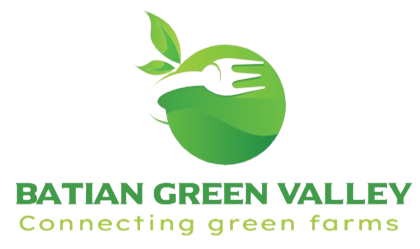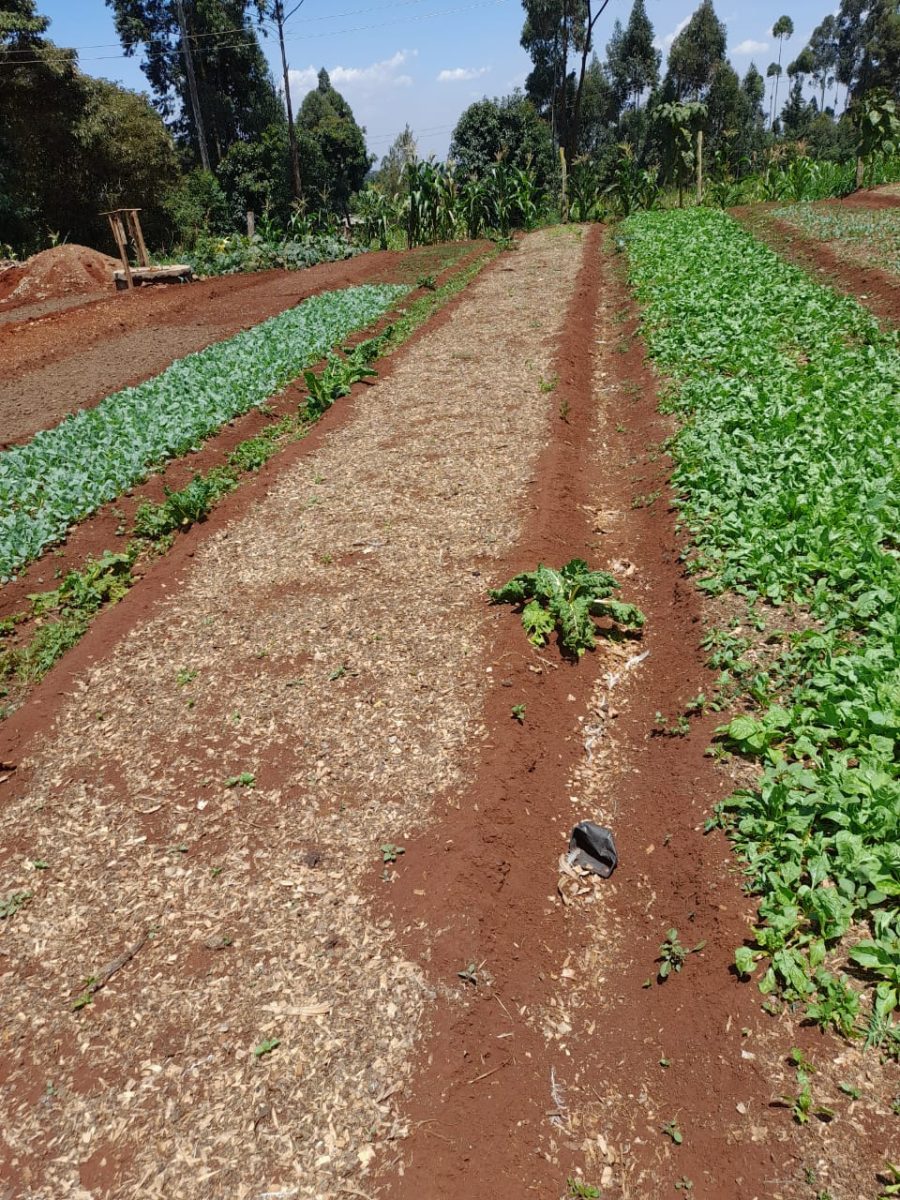Principles of vegetable nursery management
Setting a good nursery is the first step to successful production.
Soil and site selection
- Sites for vegetable nurseries should be carefully selected. The site should not be on a steep slope, which could cause erosion. The soil should be sandy, loamy, and well-drained. Most vegetables don’t like acidic soils. Nurseries should not be sited where trees shade them.
Water supply
- A permanent water supply is necessary. If the supply is from a stream, a well should be dug a few meters away to prevent any possible eelworm infection from the stream. The water supply can be adapted in several ways to save labor and effectively use the water. This may include mulching the plants and using drip irrigation kits.
Wind protection
- Wind can cause considerable mechanical damage to vegetables. The breakage of leaves and branches allows disease spores to enter exposed tissues. If there is no wind protection, the topsoil is dried out by the wind, and the plants suffer severely. Protective fences should be made or tall boundary crops planted.
Layout
- No standard blueprint for designing a plant nursery exists. Each nursery will have a unique design based on distinct needs, resources, and requirements. Generally, a good nursery should consist of a water tank/pond, water pump/pump house, seed and fertilizer store room, implement shed, germination/mother bed area, potting/container filling area, and seedling raising area—worker mess/hall, office room, propagation structures, compost area, etc.
- A nursery is usually arranged in a series of beds with a pathway between them. An open area is needed at one end, where work such as sieving of soil and filling of containers can be done. Usually, a room/shelter would be required for staff and the watchman, where equipment can be securely stored.
Mulch and shade
- Mulching is essential in both nursery and vegetable plots as in dry weather, mulch prevents rising soil temperatures and reduces the amount of weeding necessary.
- The paths should be mulched to prevent the drying out of the edges of the beds. Chopped grass is helpful in mulch, but seed heads should be removed first; otherwise, the grass will germinate.
- Shade can be used for young seedlings and is particularly useful in hot areas. The shade should allow some light through and, like mulch, should be thinned as the plants grow.
Hardening off seedlings
- About a week before transplanting, the seedlings require only a little mulch or shade, and the watering should also be reduced. This will harden them so that they can survive when transplanted.
- Weak, thin, sappy seedlings will not grow well even if they survive transplanting.
Crop rotation
- The crop should be grown in a rotation. The main reason is to prevent the buildup of pests and diseases, which will significantly reduce crop yields.
- A primary need for rotation is to prevent diseases. The best system is to plant vegetables of different families in succession, one following another, as certain diseases tend to attack plants from the same families.
Nursery disease and their management
- The seedling stress symptoms like damping off, wilt, root rot, rust, and powdery mildew are caused by pathogen infection and result in stunted growth of seedlings. These pathogens may be soil, seed, or airborne.
- Nurseries established in the recently cleaned land hardly invite parasitic organisms. The stunted growth of seedlings indicates the loss of soil fertility, excess watering, and dumping of seedlings in shady areas.
- As a preventive measure, sterilization of nursery mixture and pre-treatment of seeds with fungicide can control the disease. If the condition occurs, the casual pathogen may be identified by the expression of symptoms. Accordingly, a fungicide may be applied.
Nursery pests and their management
- Various groups of insects also cause significant injury to nursery stock. These insect pests have been divided into three categories, namely major nursery pests (white grubs, cutworms, termites, and crickets), minor nursery pests (defoliators, sapsuckers, grasshoppers), and non-insect pests (nematodes and vertebrate pests).
- Generally, the damage caused by the insects may be controlled by maintaining better sanitation of the nursery area, adopting suitable cultural practices, and need-based application of chemical and biological pesticides.
- Good management will prevent many problems caused by pests and diseases, and this good management should include
- Field hygiene – Early ploughing in or burning of weeds and stubble directly after harvest as these often harbor or keep pests. Any diseased material should be burnt.
- Use of certified seed- This seed is disease-free, has good germination, and breeds true to type.
- Promotion of vigorous plant growth – using manures, compost, fertilizers, and irrigation improves growth and helps the plant resist diseases.
- This will help to prevent the disease from being transmitted to the crops planted in the plot during the following season.
Watering, weeding, and nutrient management in nursery
- The single most crucial factor in germination and seedling production is water. Still, too much water can be just as harmful as too little water. The quantity of water required depends on the size of the nursery, the kind of soil, the species, the number of seedlings, and the irrigation method practiced. More water is needed in arid region nurseries because the sandy soils have a low water-holding capacity.
- To avoid the drying of seedlings, a reliable and continuous water supply should be ensured by storing water for at least three days. It is also necessary to ensure the quality of water used for irrigation. Normal pH water is best suited, while water with a pH of 7 favors attacks of ‘damping off’ fungi.
- Weeds are plants in the cultivation area that are out of our interest. They compete with the seedlings for nutrients, water, and light and suppress the growth of young plants because the weeds are usually more vigorous and grow faster.
- Sixteen plant food nutrients are essential for proper seedling development. Each is equally important to the plant, yet each is required in vastly different amounts. Among them, the primary (macro) nutrients (nitrogen, phosphorus, and potassium) are most frequently needed in the nursery. Seedlings will express any deficiency of nutrients through deficiency symptoms; accordingly, the relevant fertilizer should be applied as per requirement.
- FYM and compost are primarily used in nurseries where the available soils are either too sandy or too heavy and of low quality for general nutrient support. It helps build a good soil structure, improves water holding capacity, and provides plants nutrients.
2,829 total views, 1 views today






Leave a Reply
Want to join the discussion?Feel free to contribute!